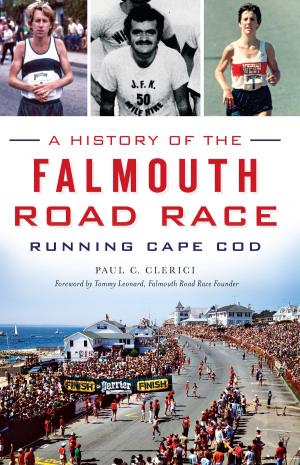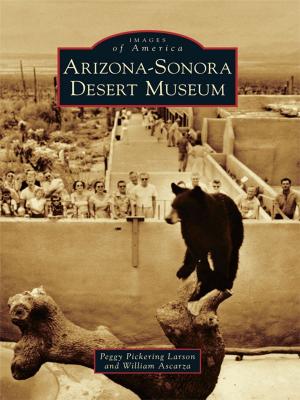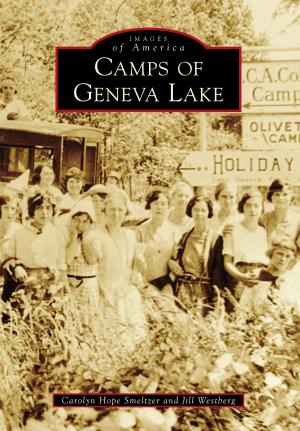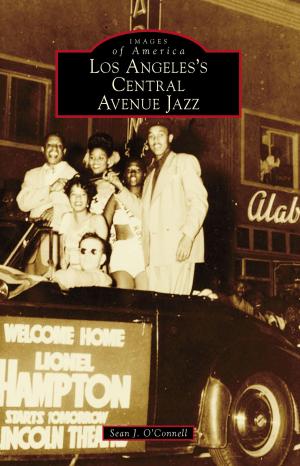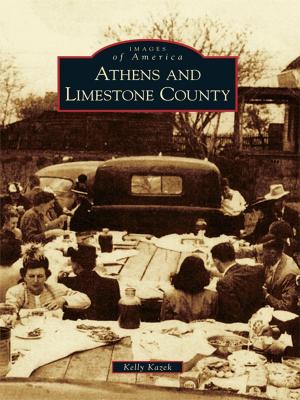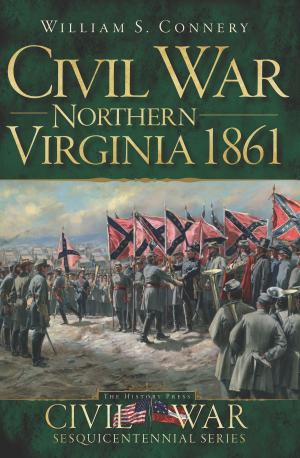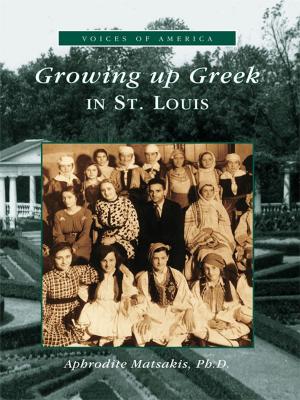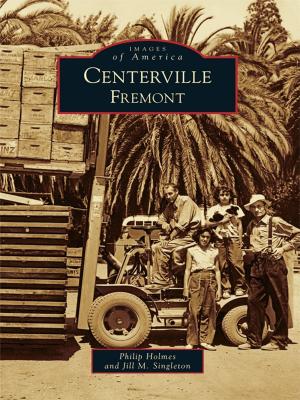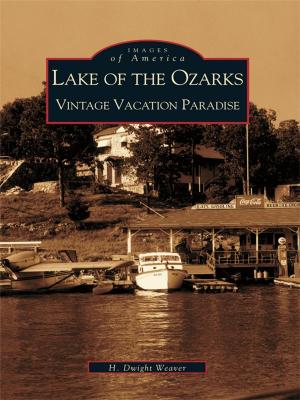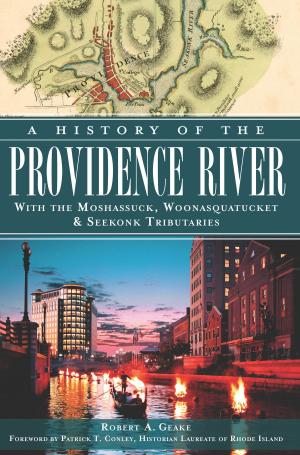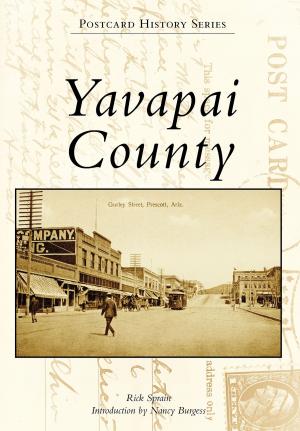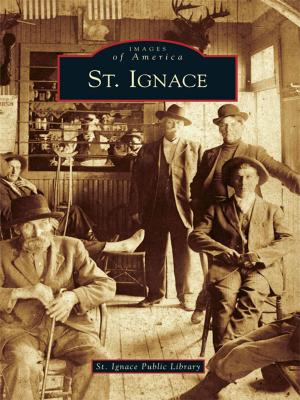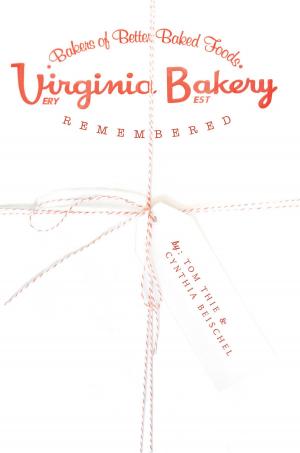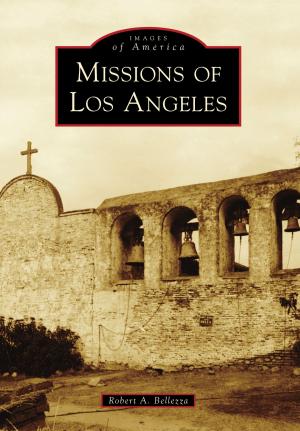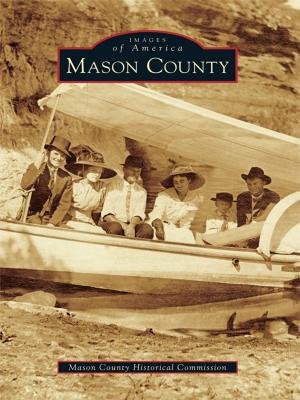| Author: | Daniel Cruson | ISBN: | 9781439627358 |
| Publisher: | Arcadia Publishing Inc. | Publication: | June 20, 2000 |
| Imprint: | Arcadia Publishing | Language: | English |
| Author: | Daniel Cruson |
| ISBN: | 9781439627358 |
| Publisher: | Arcadia Publishing Inc. |
| Publication: | June 20, 2000 |
| Imprint: | Arcadia Publishing |
| Language: | English |
This spectacular photographic history traces the parallel
development of two two contiguous towns in southern
Connecticut: Redding and Easton. Both towns were originally part of the Colonial town of Fairfield and developed as marginal farming communities. Both towns experienced an incipient industrial revolution, which never matured, and both later became retreats for summer visitors and prominent literary figures. In the years after World War II, the two towns evolved into suburban communities. Today, they share not only a common history but also a regional high school. Redding and Easton highlights each period in the development of the two towns. The book emphasizes Georgetown, which continued to be an industrial enclave long after other industry in the town died out. It devotes a chapter to literary figures, such as Mark Twain, Edna Ferber, and Ida Tarbell, who migrated to these rural towns at the end of the nineteenth century and gave them the image of a rural literary retreat. Redding and Easton recognizes the prominent citizens who created a summer colony that attracted the rich and famous from all over the Northeast. The book also stresses the everyday events and special occasions that marked the nature of these towns in the twentieth century.
This spectacular photographic history traces the parallel
development of two two contiguous towns in southern
Connecticut: Redding and Easton. Both towns were originally part of the Colonial town of Fairfield and developed as marginal farming communities. Both towns experienced an incipient industrial revolution, which never matured, and both later became retreats for summer visitors and prominent literary figures. In the years after World War II, the two towns evolved into suburban communities. Today, they share not only a common history but also a regional high school. Redding and Easton highlights each period in the development of the two towns. The book emphasizes Georgetown, which continued to be an industrial enclave long after other industry in the town died out. It devotes a chapter to literary figures, such as Mark Twain, Edna Ferber, and Ida Tarbell, who migrated to these rural towns at the end of the nineteenth century and gave them the image of a rural literary retreat. Redding and Easton recognizes the prominent citizens who created a summer colony that attracted the rich and famous from all over the Northeast. The book also stresses the everyday events and special occasions that marked the nature of these towns in the twentieth century.

